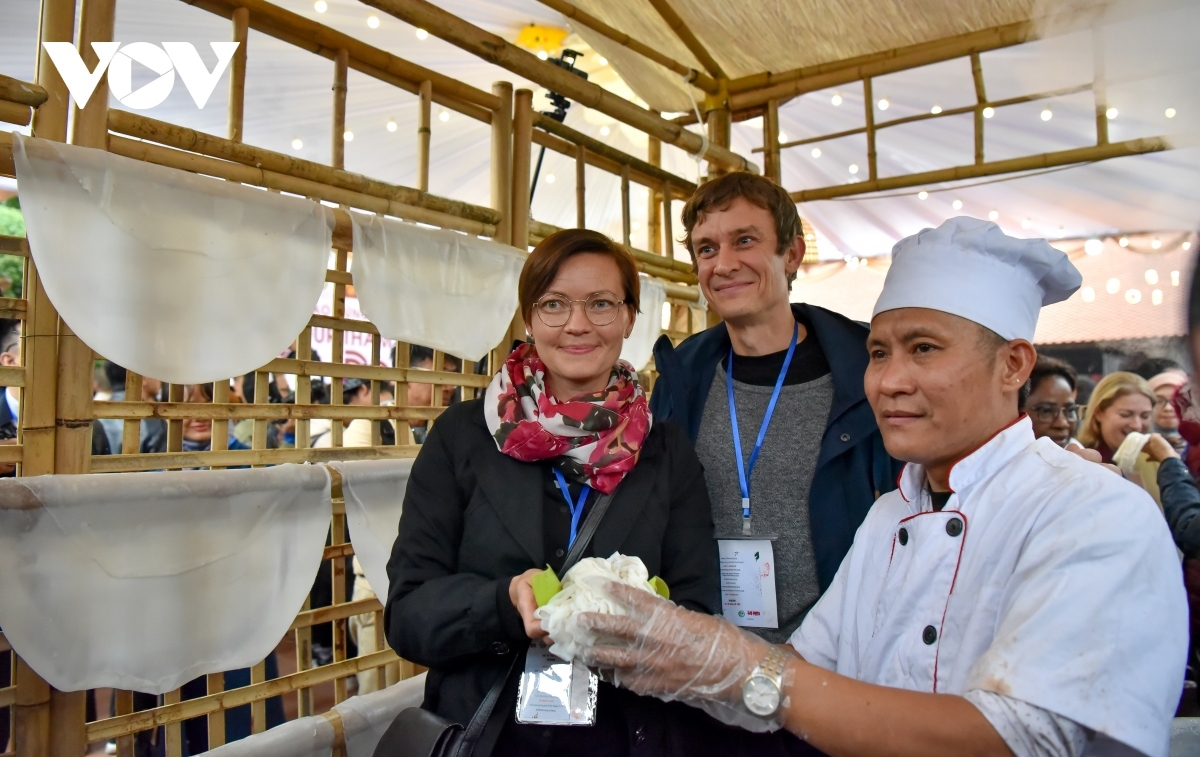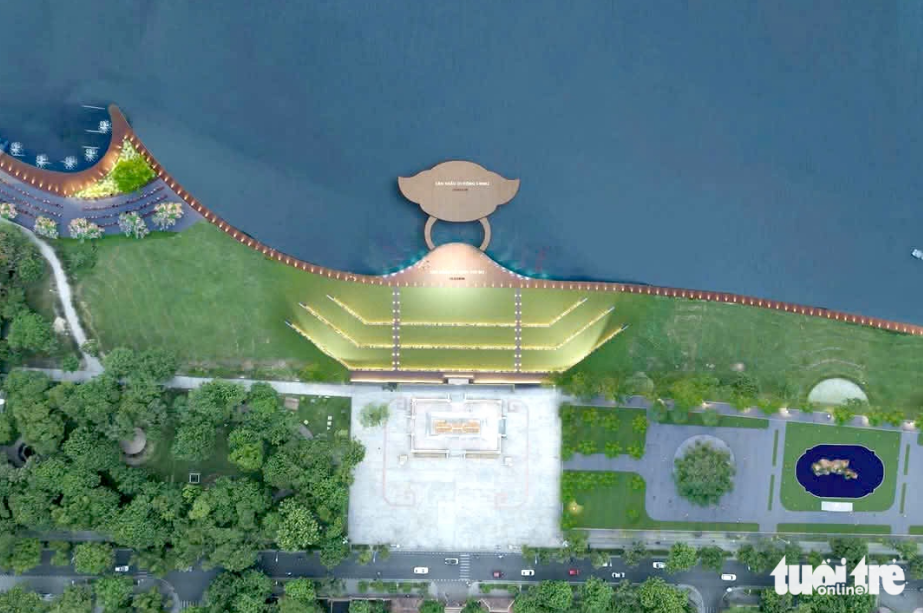The province of Nam Dinh, located approximately 100 kilometers east of Hanoi, is renowned for its mouthwatering beef noodle soup. “Phở Nam Định” stands out with its unique noodles, which are both small and soft, giving the dish a special texture and taste.
The spices used in preparing Phở, such as star anise and cinnamon, are sourced from the northwest region, while fish sauce and salt are carefully selected from specific locations near the province. This attention to detail, along with traditional cooking methods, sets the noodle soup of Nam Dinh apart from Phở found elsewhere.
One of the newly recognized national intangible cultural heritages is “Mì Quảng,” a delicacy originating from Quang Nam province in central Vietnam. This noodle dish has a rich history, dating back to the 14th century, and offers a harmonious blend of fresh ingredients.
“Mì Quảng” is characterized by the use of toasted Vietnamese sesame rice crackers, fried shallots, and a variety of herbs, including rau răm, coriander, perilla, and lettuce. The result is a delicious and distinctive dish that showcases the culinary style of central Vietnam.
Other newly recognized heritages include “Phở Hà Nội” (Hanoi noodle soup), “Áo Dài Huế” (the elegant and traditional long dress of Hue), and the historic “Lễ hội đền Tiên La” (Tien La Temple Festival), each contributing to the rich cultural tapestry of Vietnam.
10 Best Vietnamese Food
Vietnamese food is known to be both healthy and robust in flavour, thanks its generous combination of fresh herbs and greens, paired with rice, noodles, seafood, pork and beef. While many cities such as Hanoi and Ho Chi Minh City offer plenty of fine-dining venues and five-star hotel restaurants decked out in extravagant settings, some of the best (and most authentic) Vietnamese delicacies are actually found at roadside eateries, vibrant street markets, and humble-looking restaurants. A typical meal includes rice or noodles, a meat or seafood dish, a vegetable dish, soup and nuoc cham (fermented fish sauce) for dipping, each of which can easily customised according to your preference. Here’s a helpful guide on what to eat in Vietnam, most of which can be enjoyed just about any time of the day. While most are familiar with pho or spring rolls, there’s a wide range of Vietnamese dishes only available in certain regions so be sure to try them out during your visit.









